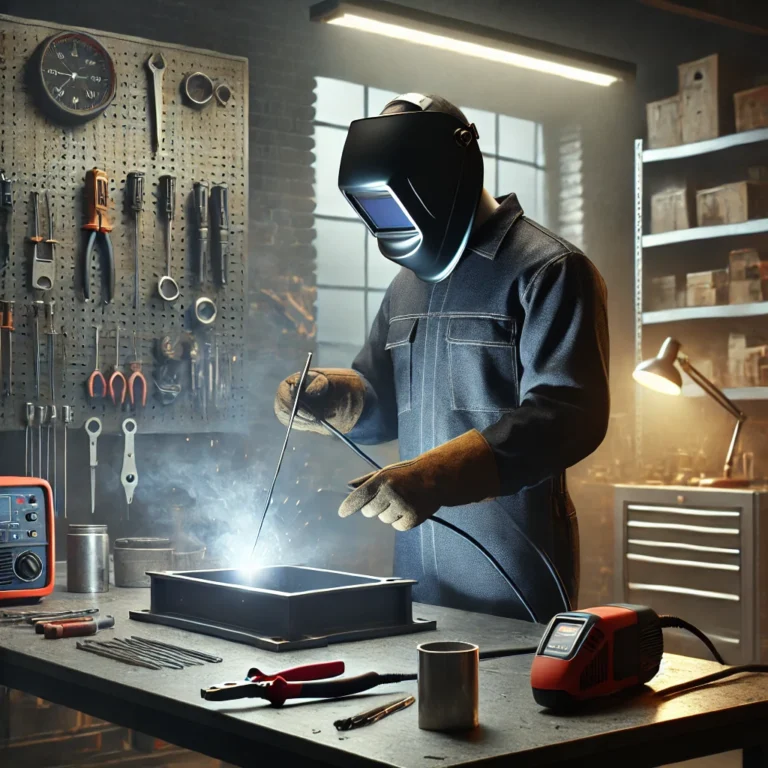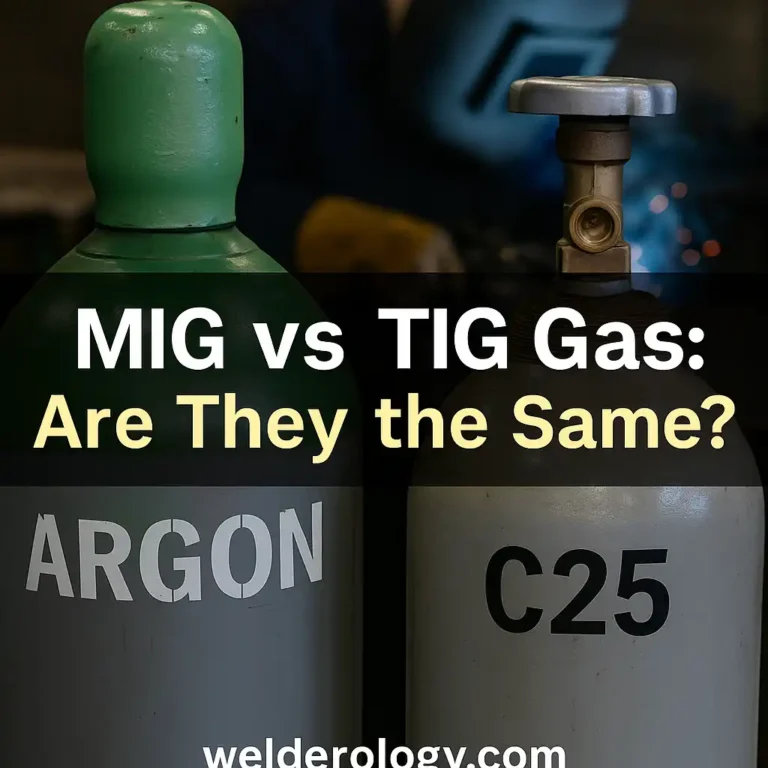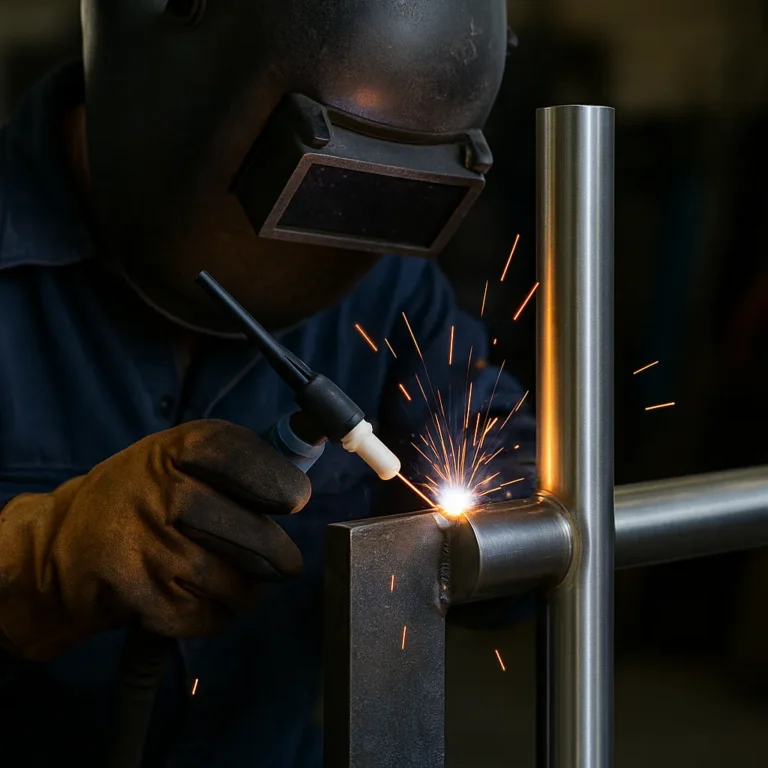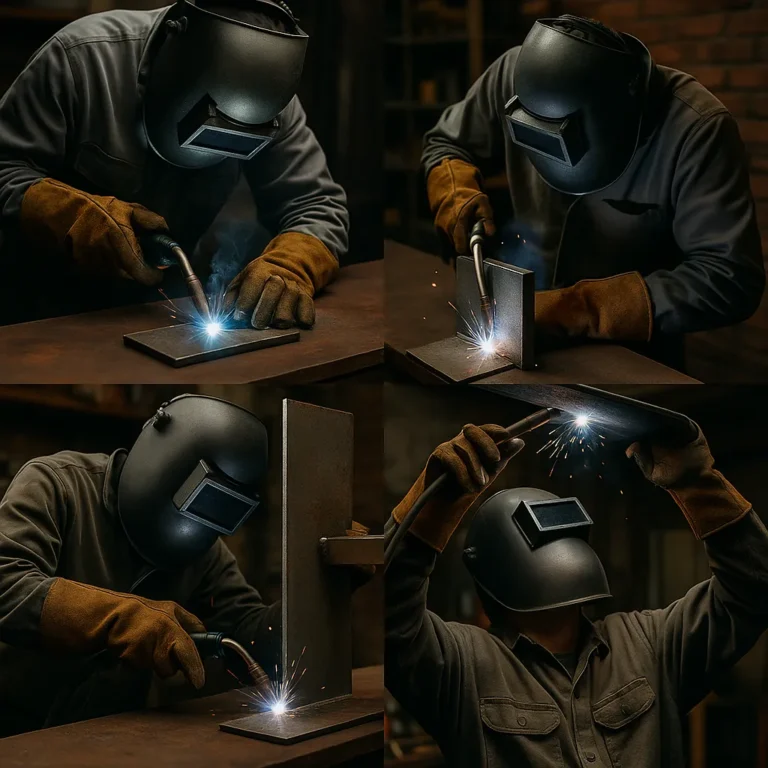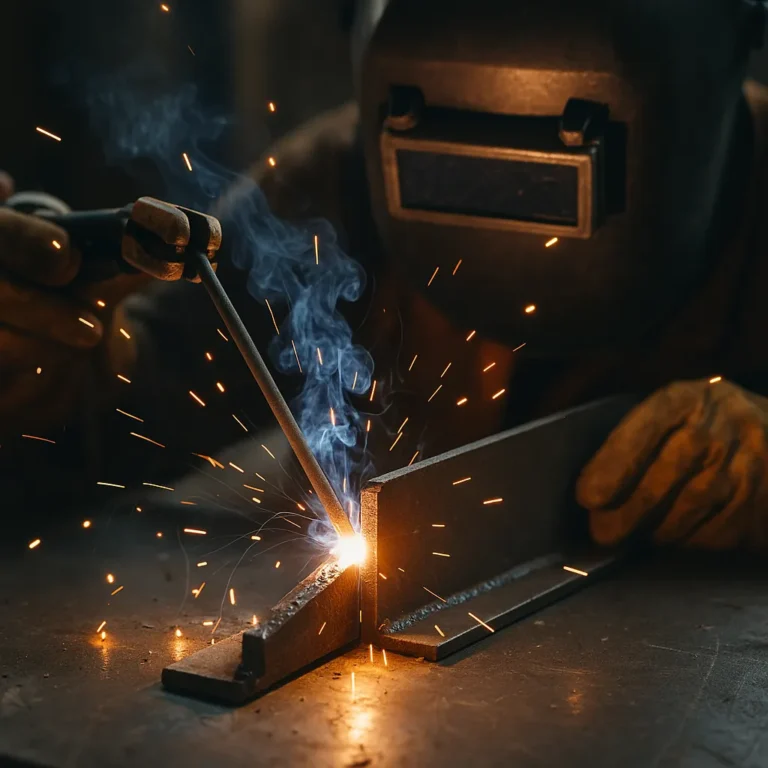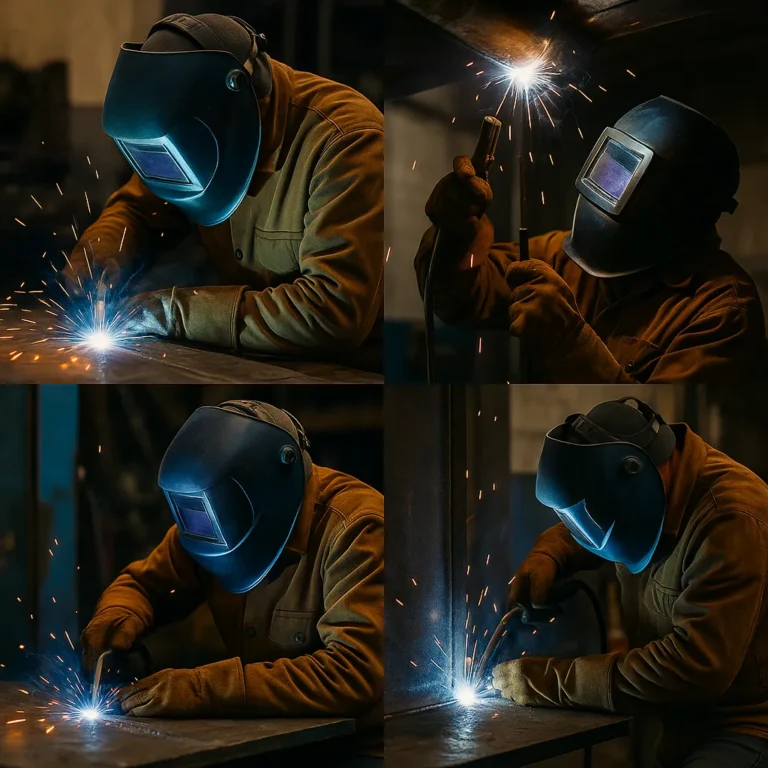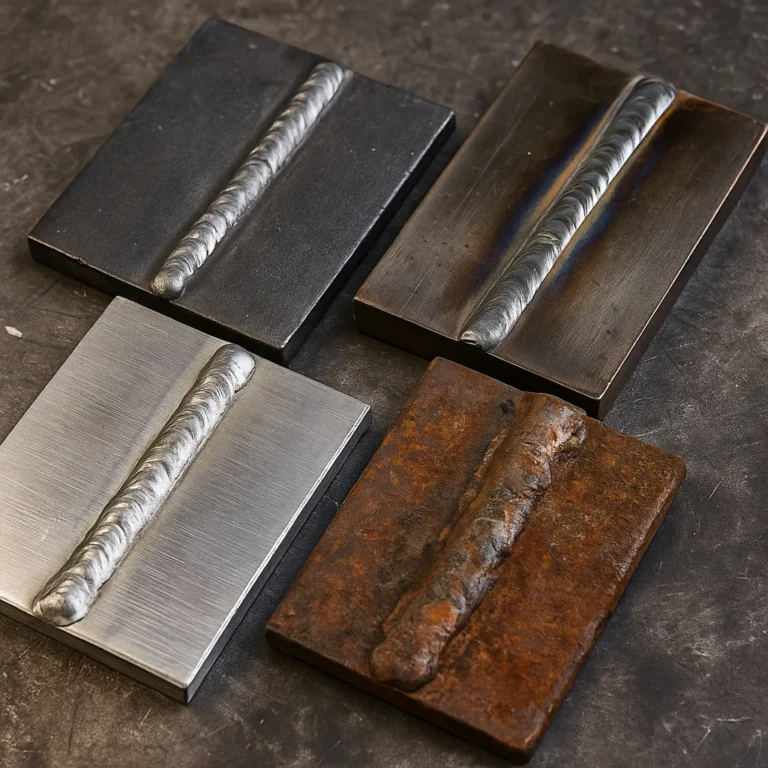Choosing the Best All-Purpose Welding Rod: A Complete Guide
Finding the right welding rod for multiple applications can save you time, money, and frustration. Whether you’re tackling repairs, structural work, or fabrication projects, an all-purpose welding rod can simplify your workflow. But which rod strikes the best balance between versatility, strength, and ease of use? Let’s dive in. What Makes a Welding Rod ‘All-Purpose’?…

